
Your $5 entry fee for this charity poetry reading will help finance the restoration of that classic 1872 train station in St. Thomas. It badly needs help. AND the reading takes place inside the station!
5:30 - 10:00: Writers & publishers discuss and display their work.
6:00 - 7:30: Workshop
7:30: Reading & open mic follow
Poet Laureate LEE and Saint Thomas' BERRY are both former featured poets of London Open Mic, both favourites with the audience.
Do not miss the pre-reading workshop. You don't need to take part. It's exhilarating just to sit and listen to others critique poems. You can sink into them more deeply than you could just reading them by yourself. Pre-registration is required. Call 519-633-2535.
PHOTO GALLERY and 1877 description below.
The Canada Southern Station (CASO Station) in St Thomas Ontario was the largest of 31 railway stations built in Ontario during the 1870s by Canada Southern Railway Company (CSR). The station was constructed between June 1871 and April 1873.
.
CASO Station was remarkably large for a town the size of St Thomas (the community didn’t become a city until 1881). However, the building needed to be big enough to accommodate both the town’s passenger station (ground floor) and the corporate headquarters of CSR (upper floor).
The building’s grandeur was impressive. The 1882 publication Picturesque Canada reported that the station was “one of the finest in the Dominion, and reminds one of the large structures in Chicago and New York.”
The North America Hall of Fame owns the Canadian Southern Railway Station (CASO Station), a building of historical significance. Fundraisers are regularly held to support maintenance and continued restoration of the building. The building is becoming more of a focal point for many private, corporate and charitable events in St. Thomas and for the surrounding region. Its architecture, size and interior grandeur lend themselves to various occasions from weddings to game nights. All proceeds go to toward supporting the Station and the Hall of Fame.
For a beautifully detailed history of the station, and of St. Thomas and the entire region, but most of all for what life was like for the residents as far back as the 1700s, you can do far worse than to check out a wonderful historical study which began as a simple family genealogy, written by Arnold Raymond Firby, whose ancestors were very early pioneers of St. Thomas: http://www.execulink.com/~firby/history.html#Introduction
Concerning the Canadian Southern Station, Firby quotes a certain A. F. Butler who described it as he saw it at the time, in 1877. (If you read this slowly, it's better than a movie of the building, the people and the times.):
"Building operation began extensively in 1872 have continued without cessation until the present (1877). The station is 354 feet long and two stories high above the basement. It is constructed with a view to durability, solid comfort, convenience of internal arrangement, and adaptation to purpose. The ground floor is planned for the reception and accommodation of the traveling public: beginning at the west end, we come first to the reading room for the employees and others who have sufficient literary inclinations to avail themselves of the privileges; next, the gentlemen’s waiting room, lofty, spacious and well lighted, 31 by 33; next the ticket office, 14 x 19, and retiring room, 14 x 14, for the officer in charge; next, the ladies waiting room, of the same size as that for the gentlemen; next a spacious passage 15 feet wide, by which one may pass from front platform to the train, and from which by heavy oaken staircase access may be had to the second story; on the east side of this passage is the barber shop and wash rooms, west the refreshment room, and next, a magnificent dinning room 33 x 79, with kitchen, 31 x 33, pantries, sculleries and other kindred conveniences, next, another passage of 15 feet in width, arched at either entrance, and next, the baggage room, station master's room, telegraph office and conductor's’ room. The office of company are upon the second floor, and to reach these we may take either of the broad oaken stairways and we land in a long corridor, 5 feet wide, and running two-thirds of the length of the building. This, on the south side, is lighted with numerous windows, and from it access is had to the different offices. Above each door is a fan light on which is painted in green and gold the number of the office, with the name upon the door itself. The effect of this is at once tasteful and very convenient. The offices are those of the General Superintendent, Assistant Superintendent, Treasurer, Deputy Treasurer, Paymaster, Purchasing Agent, Chief Engineer, Secretary, Solicitor, Resident Engineer, Draughtsman, with their numerous subordinates.
"The floors of all the offices are covered with the finest Kidderminster carpets, and the furniture is rich and comfortable. The whole is heated with steam and lighted with gas. The external is pleasing and conveys the impression of solid durability. A platform 20 feet wide covered with a fireproof verandah, supported with cast iron pillars, and surrounds the whole building. The cornice is bold and heavy in its outline, and is supported by ornamental modillions and brackets. The upper story is lighted by 94 windows with circular heads, each shaded by a blind of blue and gold, and bearing on its center the letters "C. S. R." in monogram. Every expenditure of the company had been marked by enterprise and liberality, and they have now a road running through the Province 229 miles, from Amerstburg to Fort Erie, and 63 miles from Courtright to St.Thomas, with superior equipment, and 94 per cent of which is as straight as a line. "
The last two photos in the gallery below are from Firby's history, the last one being downtown St. Thomas in 1875.
About The North America Railway Hall of Fame: It is a not-for-profit charitable organization housed in the recently restored Canada Southern Railway Station in St.Thomas, Ontario. Once known as the Railway Capital of Canada, St.Thomas is rich with historical significance for both the locals as well as for Canada and North America as a whole. The Hall of Fame was founded in 1996 to maintain, preserve and honor this railway history through the induction into the Hall of Fame of people, events, structures, railway art forms, rolling stock, technical innovations, railway workers and trains, and inventions in the railway industry. Induction ceremonies have taken place in 1999, 2001, 2006, 2008, 2010, 2012 and 2014. Our goal is to educate the public about the impact of railway transportation on North America as a whole as well as on Canada specifically, and on St.Thomas in particular. The Hall of Fame, which is located on the 2nd floor of the station, was officially opened in September 2013.
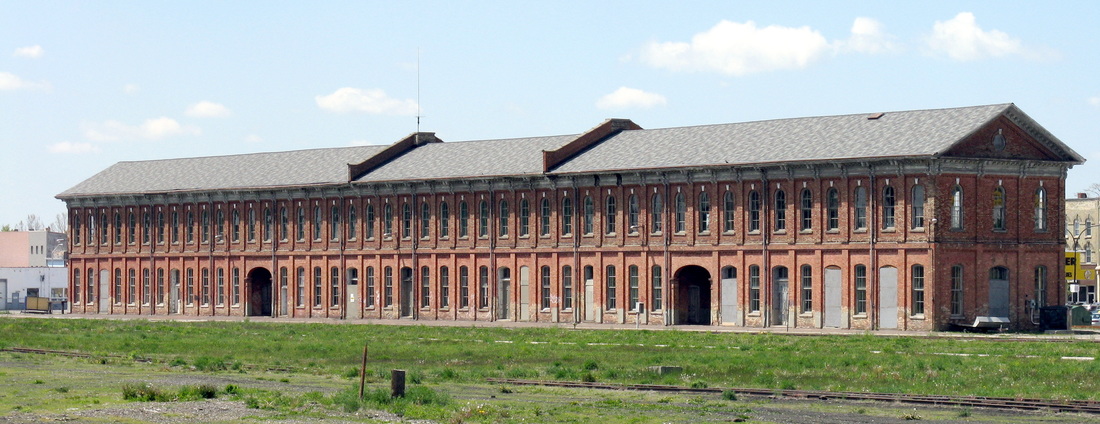
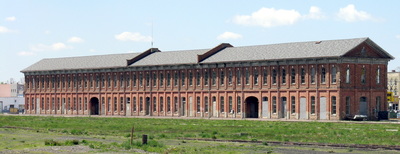
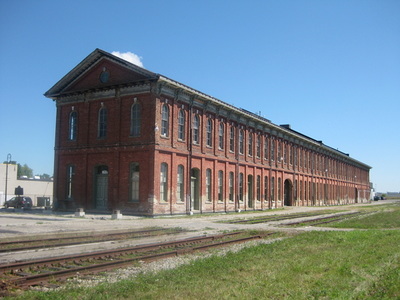
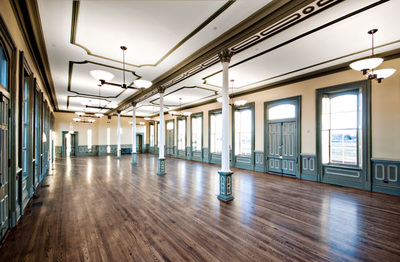
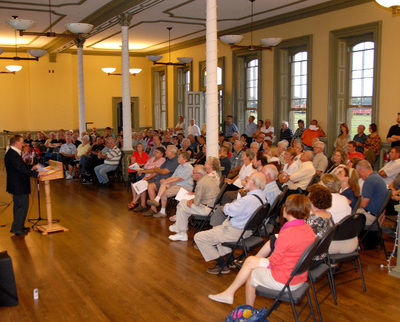
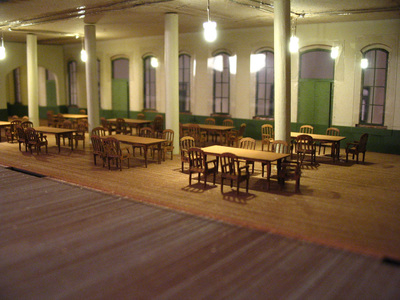
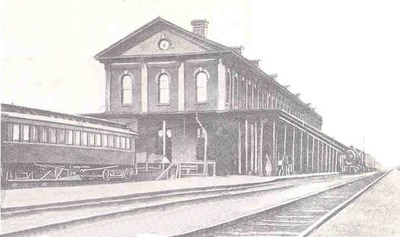
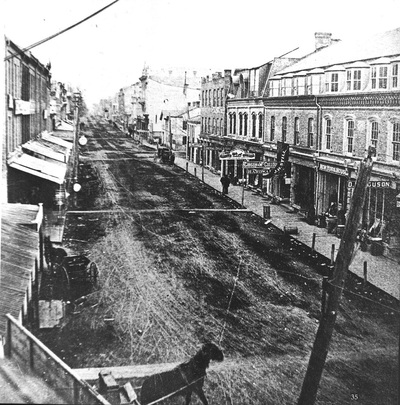
 RSS Feed
RSS Feed